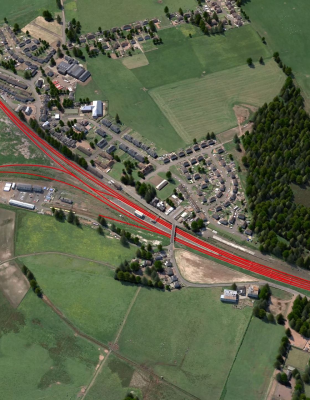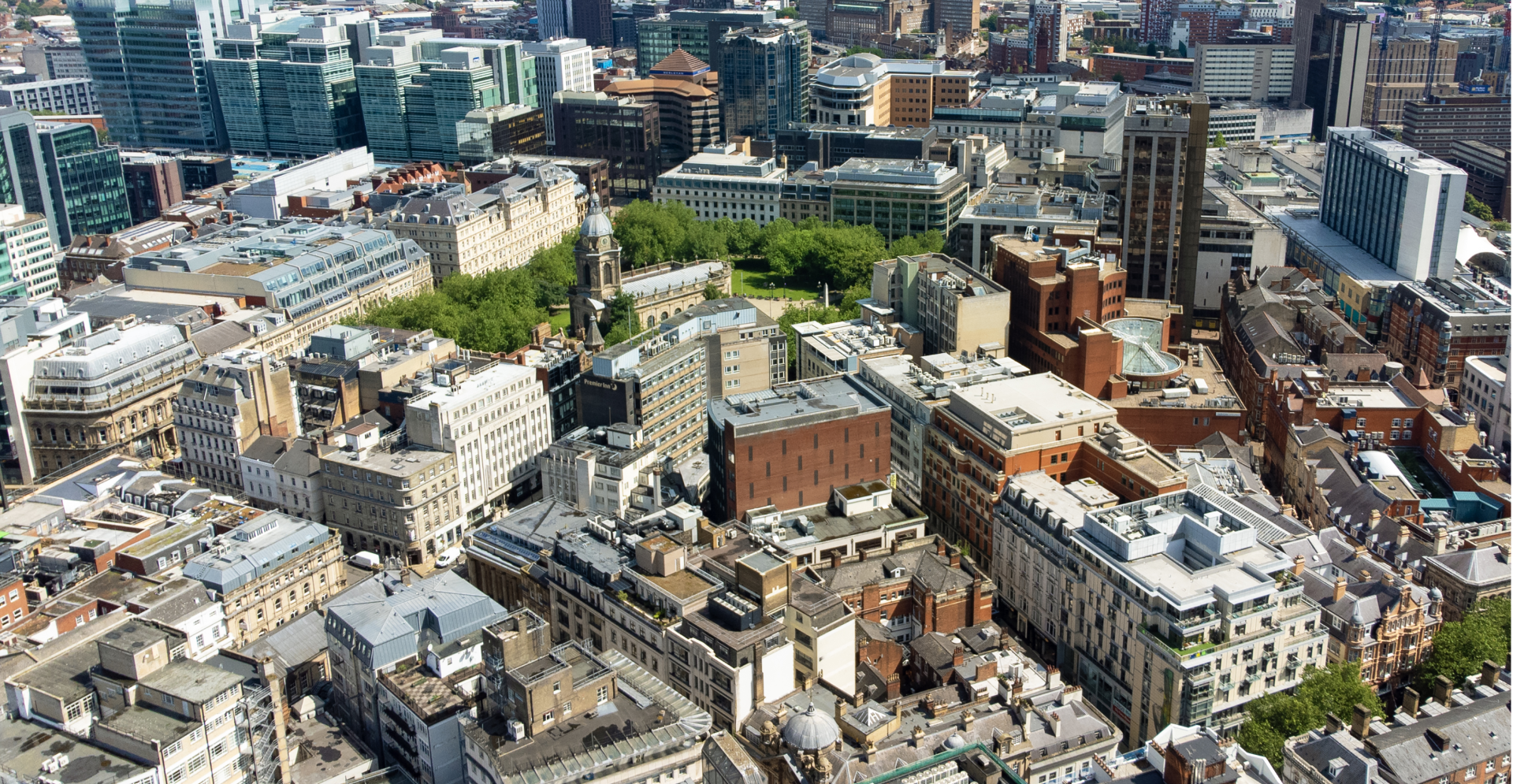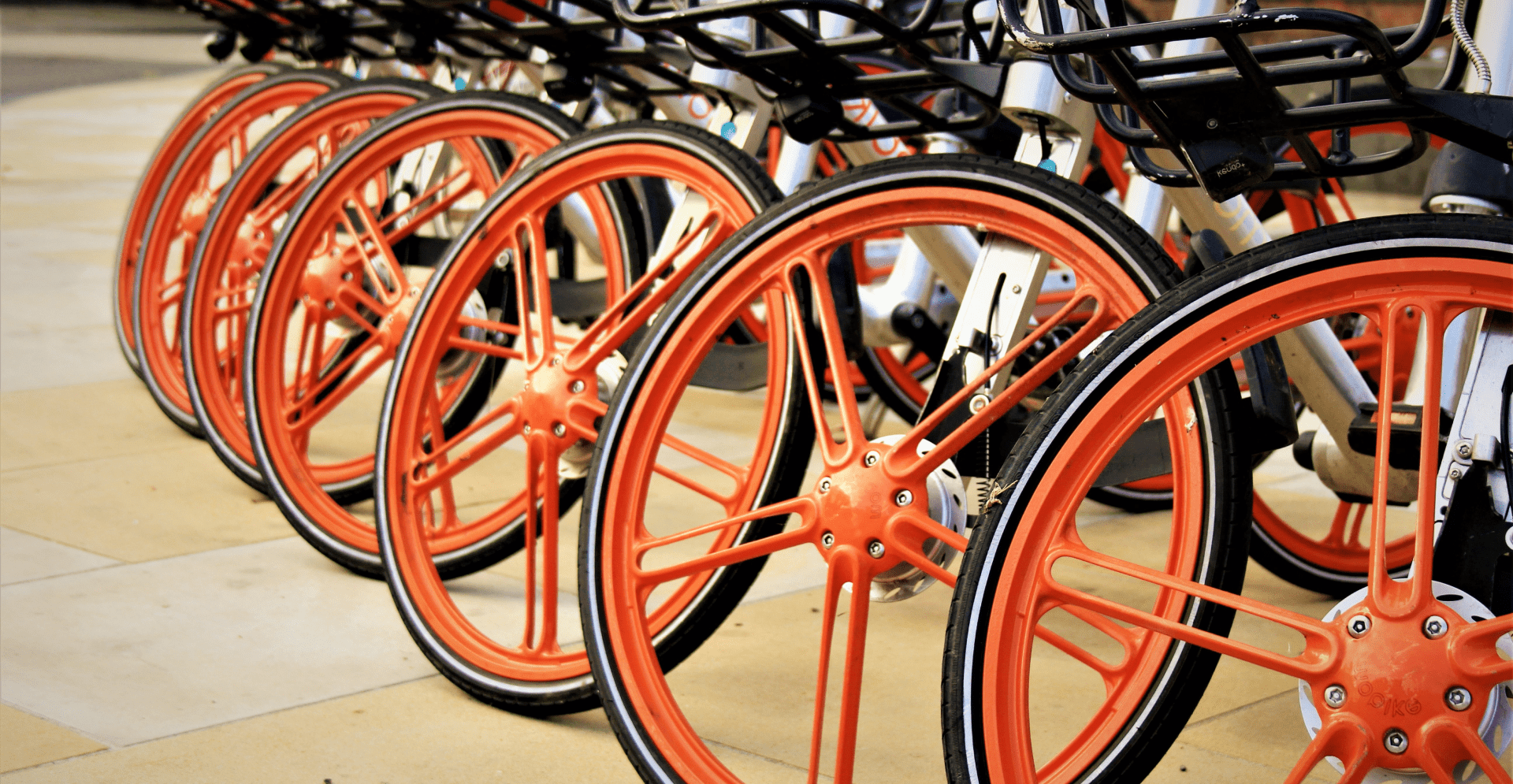Table of Contents
The challenge
A historic depot needed to be redeveloped to facilitate the maintenance and stabling of the next generation fleet of trains for Tyne and Wear Metro
46
new state-of-the-art trains will be accommodated by the new design
The Tyne and Wear Metro is a light rail rapid transit system that serves cities and towns in the North-East of England including Newcastle Upon Tyne, Gateshead and Sunderland. Stadler Rail Service UK are suppling and maintaining the next generation fleet for the Metro for the next 35 years and have redeveloped the historic Gosforth Depot in Newcastle Upon Tyne to facilitate the maintenance and stabling of the new rolling stock. The existing 100-year-old facility was replaced by a brand-new £70million depot designed to accommodate 46 new state-of-the-art trains. A key requirement of the scheme was ensuring the operational capabilities of the existing depot continued during construction of the new facility. The scheme had to be delivered in phases to enable safe operations and avoid impact on train services.
The solution
We provided multi-disciplinary designs for a brand new train depot, while allowing for continued operations of the depot throughout the project
17
new train stabling lanes
As Lead Design Organisation, Arcadis produced multi-disciplinary designs for the new facility including track, overhead line electrification (OLE), electrification and plant (E&P), civil and structural engineering, as well as architecture.
The project involved the removal of the existing OLE structures, wiring and switching within the depot area, providing 17 new tracks with the Siemens SICAT LD OLE system, compatible with Nexus’ requirements for 1500V DC and double insulation. We developed the design to meet the complex staging and spatial arrangement with only a single previous UK reference design available.
-
READ MORE
The staging of the works allowed for continuous operation of the depot throughout the project, identifying suitable areas to remove and install track and OLE to minimise disruption. This resulted in a five-stage OLE design with separate layout plans produced in each stage to remove the existing OLE and design the new equipment. We developed a practical bespoke design solution using kentledge-based temporary structures to enable the registration of existing wire runs to maintain depot operations during the partial demolition of the former maintenance building.
Our OLE design was integrated with the existing OLE on the depot approach roads. Further interface issues with new and existing services and disciplines were raised and resolved through inter-disciplinary design meetings and using a BIM federated 3D model to manage clash detection between new and existing assets.
We designed the local OLE switching and isolation strategy to provide operational flexibility during periods of maintenance and repairs, allowing traction power to key areas of the depot while isolating other zones.
The Impact
The new state-of-the-art facility has been designed to a high specification to ensure maximum reliability of the Metro train fleet for decades to come
We worked collaboratively with the principal contractor VolkerFitzpatrick, Stadler Rail Service UK and Nexus to identify opportunities to deliver the construction of this complex project with minimal impact to service operations. Our ‘Safe by design approach’ enabled us to provide a design that had safety at its heart, and which delivered an OLE system that is flexible, functional and safe. The new state-of-the-art facility has been designed to a high specification to ensure maximum availability and reliability of the Metro train fleet for decades to come and provides an inspiring workplace for the next generation of engineers - boosting training and employment in the local area.
Not done reading?
This also might be interesting for you
- Related Projects
- Related Insights
- Related Blogs








